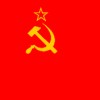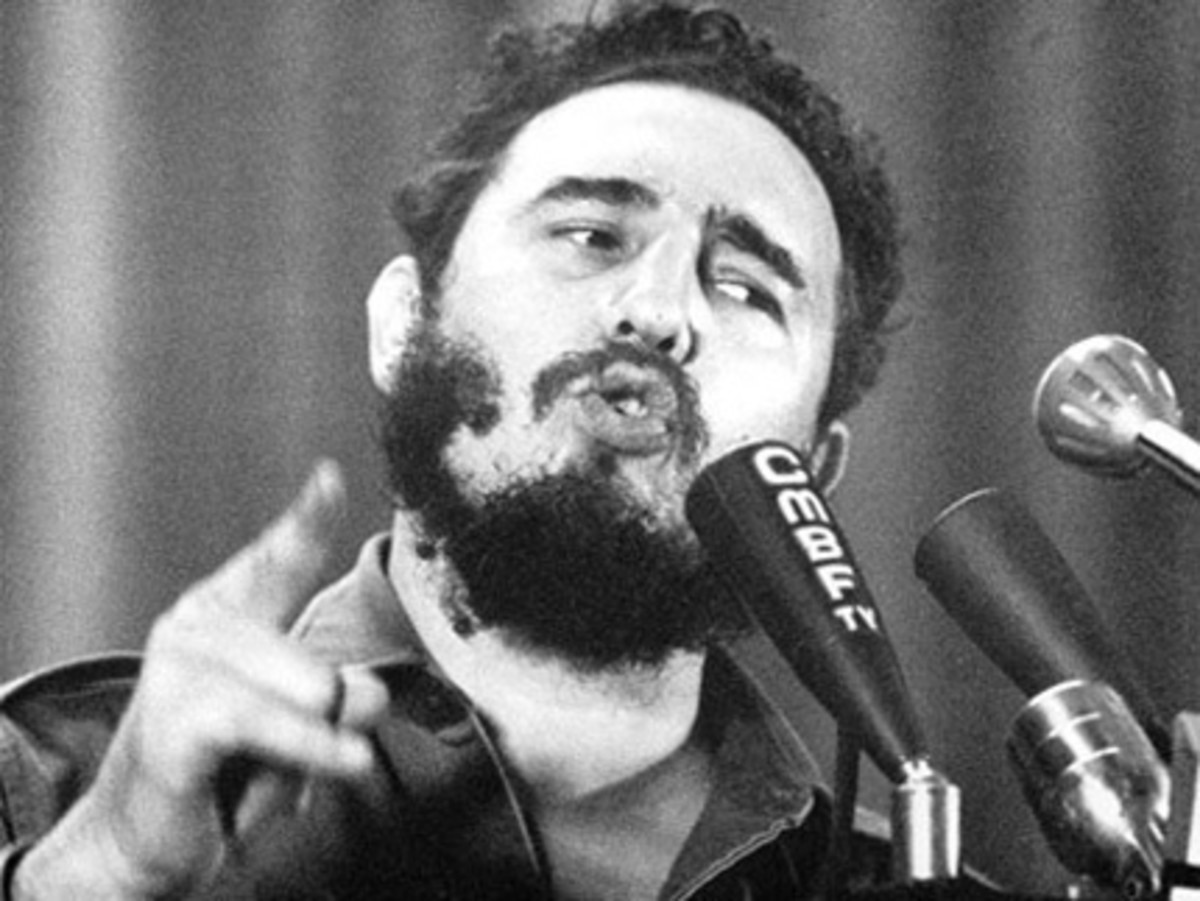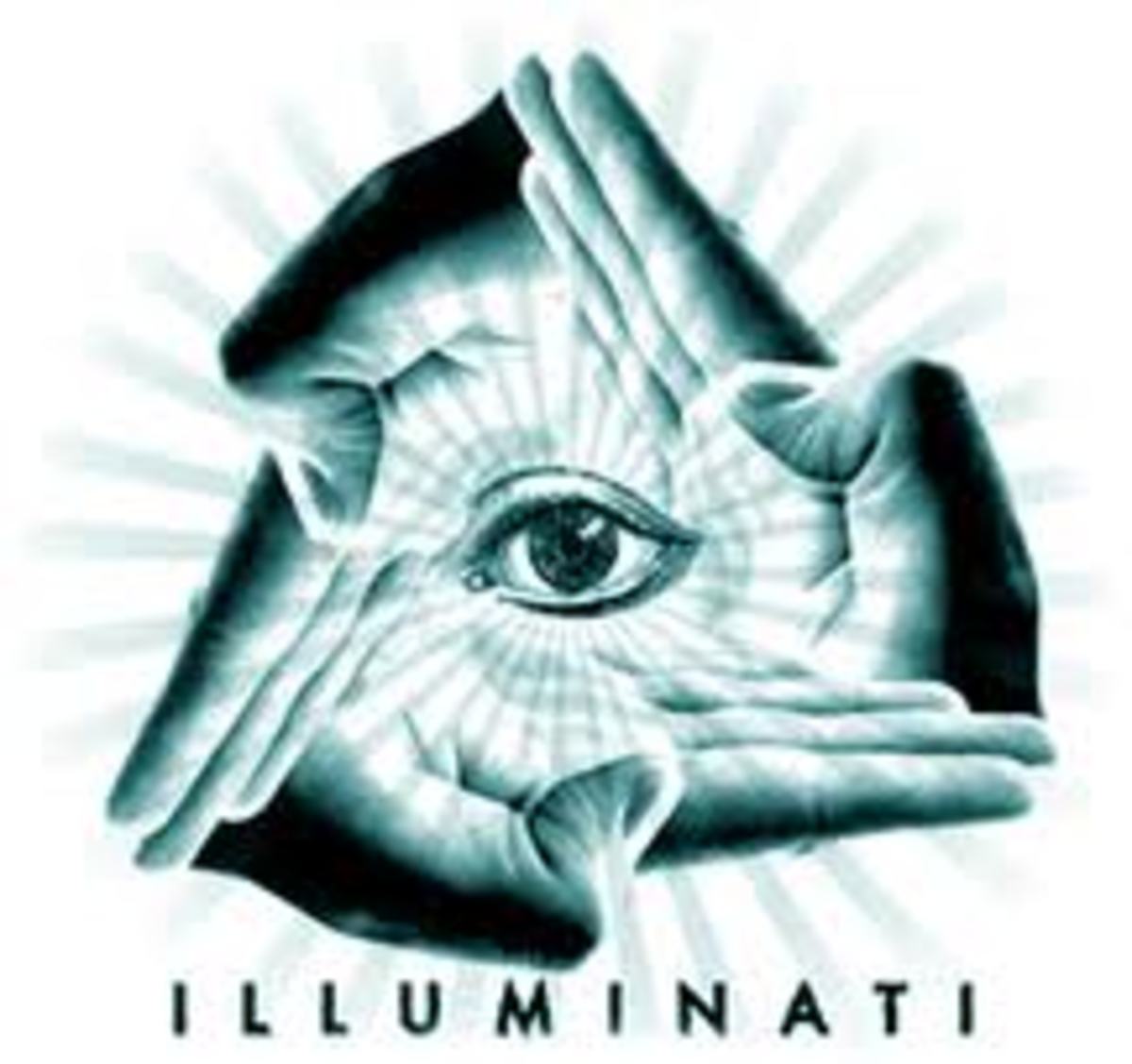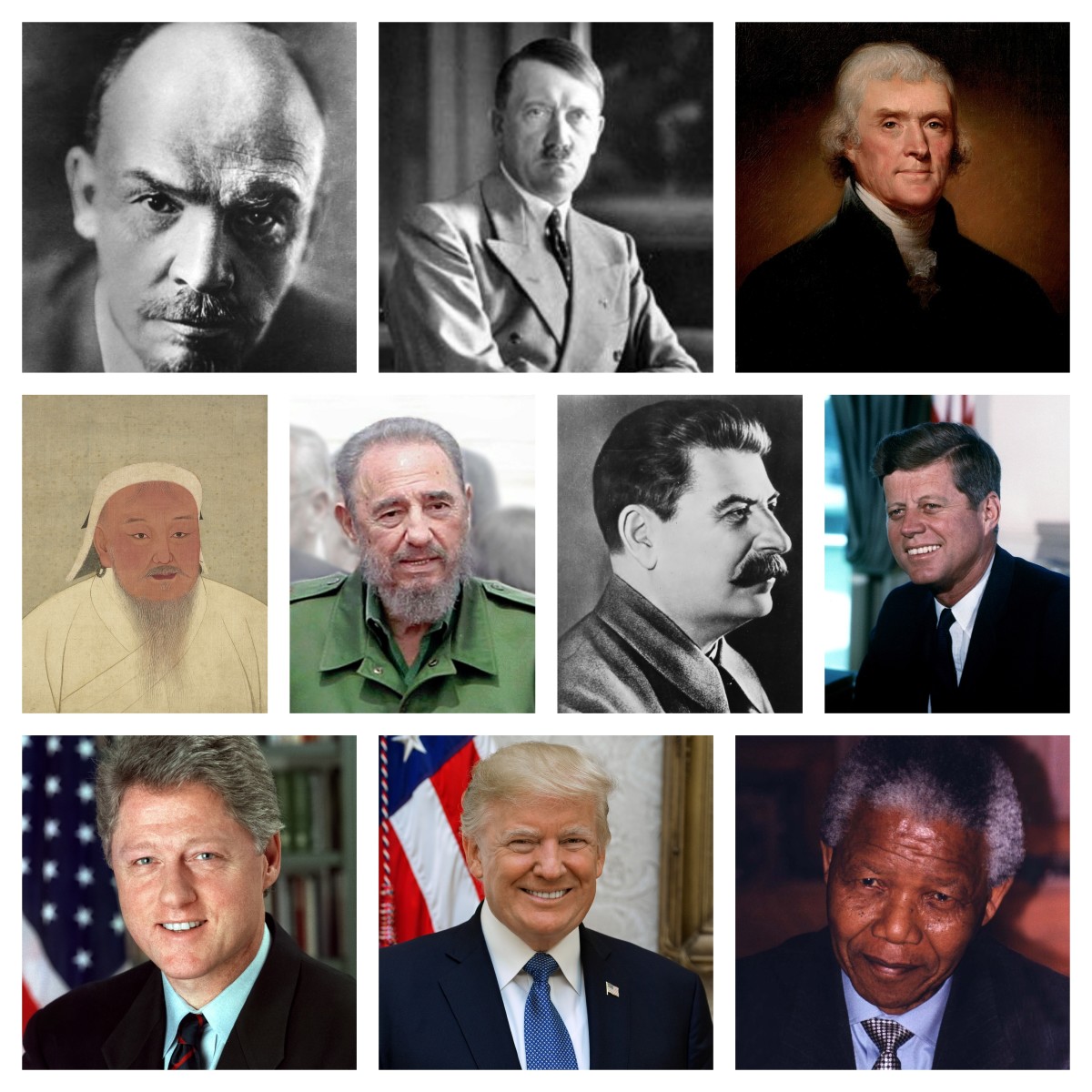Why History Will "Absolve" Fidel Castro
On October 16 1953 Fidel Castro Ruz stood trial for leading a guerrilla attack against the Cuban dictatorship of Fulgencio Batista. The band of rebels had carried out an unsuccessful operation on Moncada barracks in Santiago de Cuba on July 26 of that year. For this reason the rebel movement became known as the 26th of July Movement. Castro, a trained lawyer defended himself in court. This was a result of the corrupt legal practices of the Batista regime. Whilst awaiting trial Fidel was only given access to a lawyer on one occasion and this ten minute meeting was supervised by Batista’s security services. In this instance Batista’s instruments of repression where to prove favourable to Fidel as he himself noted in court:
“Only one who has been so deeply wounded, who has seen his country so forsaken and its justice trampled so, can speak at a moment like this with words that spring from the blood of his heart and the truth of his very gut.“
In a 4 hour long courtroom speech the corrupt rule of Batista was slated and an alternative vision of Cuba’s future presented. The speech was closed by these words:
“I do not fear prison, as I do not fear the fury of the miserable tyrant who took the lives of 70 of my comrades. Condemn me. It does not matter. History will absolve me”.
It is the validity of these words which shall come under the microscope of this piece. Evidence shall be submitted which largely suggests the legitimacy of the claim; history will absolve Fidel Castro. Following the victory of the revolutionaries on new years day 1959 Cuban society has been transformed. With a developing world budget Cuba has been able to deliver world class public services even when faced with the threat of annihilation from a superpower only 90 miles away; the United States of America. With Castro’s guidance institutionalized racism in Cuba was brought to an end. These admirable values have also been exported by the Cuban revolution. Cuba became the leading international actor in the fight against apartheid. Its doctors and teachers volunteer to travel the developing world bringing their talents to the most vulnerable people. Such acts coupled with Cuba’s own struggle against imperialism has made the Cuban revolution a symbol for resistance. It has shown that even under the threat of terrorism, invasion and subversion, a new society can be created. Never before has this inspiration been so apparent than with the rise of Latin America’s ‘Pinktide’.
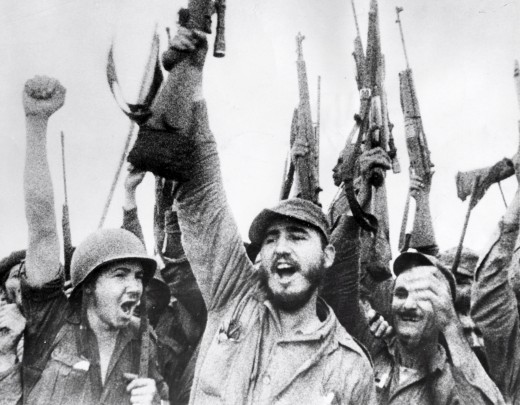
Cuba's Pre-Socialist History
To understand the impact Castro had on Cuba one must understand where Cuba lay before the revolution. Cuban resistance to Spanish imperialism had been led by the national hero Jose Marti. Although Marti died in battle in 1895, in 1898 Cuba gained its independence from Spain. Sovereignty was limited though as the island became a de facto protectorate of the United States. US authority came via the Platt Amendment of 1903. This was forced upon Cuba and granted the US economic rights as well as the right to intervene militarily on the island. Cuban military leader Maximo Gomez said “it is not the absolute independence we had dreamed about”, that would not come until the revolution of 1959.
The ideas of Marti remained at the centre of Cuban national consciousness. The government overthrown by Batista had taken their name from Marti’s now defunct party; the Cuban Revolutionary Party. It was ex members of a splinter group of the Cuban Revolutionary Party; the Cuban People’s Party which had formed the 26th of July Movement. Following this chain Fidel could be argued to be the inheritor of Marti’s struggle for sovereignty and independence. This was symbolized by Fidel’s return from exile to lead the fight for these values, just as Marti had done in 1895.
During the Batista dictatorship US influence had reached its apex. US business and government shared interconnected interests with the Batista regime. Military aid was shipped through Guantanamo Bay allowing Batista to protect these shared interests by repressive methods of police and military intimidation including murder and torture. As well as aid, extensive training was being provided for Cuban military officers. Much effort was being made to assure Cuba’s continued subservience to United States interests. US business controlled 8.7% of the national territory of Cuba and 25% of the best agricultural land. It also controlled 90% of Cuban utilities, 50 % of the railways, 40 % of raw sugar production and 80 % of oil, mining and pharmaceuticals. US business represented 40% of Cuban GNP of which annually saw an average $50 million repatriated to the United States, compared with $40 million per annum investment. Cuba was by all accounts in a state of dependency. Added to the misery of the masses was an array of social problems. The country was plagued by illiteracy, inequality, racism, poor health and unemployment. Vanquishing these problems from society was to be a driving force of the revolution.
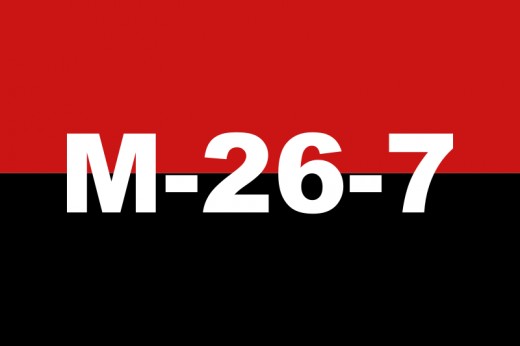
Castro and the Social Revolution
During the immediate 3 years following ascension to power Castro’s government completely altered state-society relations. Redistribution from rich to poor was the focal point of government policy. In this short period all debts owed to the state were cancelled, rents were lowered by 50 %, food prices were frozen, transport costs were slashed, child care was subsidized and free universal education was made available. The issue of education is undoubtedly one of the triumphs of the revolution. The first step taken in this regard was to eradicate illiteracy. 1 million of Cuba’s then 7 million population lacked even basic reading and writing skills and in the Sierra Maestra region where the armed struggle for power took place adult illiteracy was 40%. Even during the struggle the revolutionaries had began their fight against illiteracy. They were encouraged to teach peasants to read and write, Che Guevara called this the ‘battle against ignorance”. This provided a further symbolic link between Marti and Castro. The Sierra Maestra was the scene of Marti’s death and where he had also looked to bring the ‘light’ to culture and ‘bread’ of literacy to the peasantry.
The nationwide fight against illiteracy began in 1961. Knowing the infrastructure was not in place to achieve full literacy through the formalised education system, Castro had to find another method of action. In what was to become a prominent aspect of Cuban revolutionary politics, Castro called on the mass mobilization of the people. Anyone who could read and write was asked to volunteer their services. 100,000 volunteers formed brigadistas which went throughout the country teaching 750,000 people to read and write. Just as Marti had sought to bring ‘light’ and ‘bread’ this campaign too was of similar essence. Literacy was not taught as a good in itself, education was not for education’s sake, it was to allow for the political and social inclusion of the poorest people and to end the urban-rural divide. In this ‘year of education’, illiteracy fell below 4%. Today 99.8% of Cubans achieve literary acquisition . Cuba is also the second highest spender on education as a proportion of GDP in the world, only the tiny island of Kiribati spends more. Fidel’s education policies should not only be admired for their conceptual and ideological values of unity and social inclusion. They have also been hugely successful in a practical sense. It has provided Cuba with a skilled workforce and with the states guidance full employment for them was achieved at different times. Prior to the revolution only 37% of the population were in employment the entire year round.
Perhaps the most renowned social success of the revolution has been with regards to health care. In 1959 life expectancy in Cuba was only 58 years. Today it is 77.64 years. Infant mortality has been reduced from 33 per 100,000 to 5.72 per 100,000, this is a lower rate than in the United States. In 1958 Cuba only had 9.2 doctors per 10,000 people. This grew to 58.2 in 1999. Such success has been partly facilitated by the high levels of resources assigned to health. By the year 2000 spending on health as a proportion of GDP had multiplied by a factor of 55 during the Castro years. Other notable successes include the universality of the system, Indicators comparable and often exceeding industrialized nations and the eradication of diseases such as polio, diphtheria, rubella and tetanus. One problem for the future of Cuba’s health care system though is it’s ageing population. In 1959 the over 60 population was 4.2%, by 2000 this had reached 14.5%. In this regard the revolutionary government could become a victim of its own success. The older its citizens live to be, the more health care they require. Furthermore, the labour force will also represent a smaller proportion of the population, thus increasing the financial burden. The governments ability to deal with this challenge will be one of the first tests of the sustainability of the social welfare system Fidel has left behind.
The areas of health and education are particularly well documented social breakthroughs of the Cuban revolution. Another unique advancement yet vastly less documented is in terms of race relations. This is another area where under Castro’s guidance Cuba has become a world leader. Prior to Castro taking power Cuba was widely viewed as the most racist society of the Spanish Caribbean. Like so many countries it was left with a slave trade legacy. The worst manifestation of racism came in the 1912 ’race war’. This saw the persecution of city dwelling Afro-Cubans and the murder of thousands of the black peasantry by the Rural Guard. This was a national scar and the part segregation of society continued to be enforced by the rich white elite.
Fidel was to be a key factor in reversing both the institutionalization of racism and the culture of racism. As one of society’s poorest sections it is of no surprise that Fidel is widely supported by black Cubans. As a sub section of the working class they have enjoyed the benefits of the revolution, but also because institutionalized racism was promptly ended in 1959. Appreciation of Fidel from black Cubans was to further grow in the 1990’s. Growing racism in Western democracies and in the former Soviet Union seemed to vindicate the social system which the Cuban revolution had created. Again this is an area in which the legacy of Jose Marti is felt. He had called for the creation of a nation that was “more than white, more than black, Cuban” . Similarly Fidel refers to racism as “anti nation”. The endemic racism of Cuba’s elites and their identification of Castro as a proponent of racial equality was summed up by a popular anti revolution slogan ’neither black nor red’. Only two months after the revolution Fidel made what was to become known as the proclamation against discrimination;
“We shouldn’t have to pass a law to establish a right that should belong to every human being and member of society… Nobody can consider themselves to be of pure race, much less superior race. Virtue should be the measure of men, not skin colour” .
One may miss the significance of these words and assume they are values every reasonable person holds. Such thinking though is anachronistic. Instead these words must be considered in context of both place and time. Having already established racial attitudes prevalent in pre revolutionary Cuba one must look at this in the context of time. These words were said 4 years before Martin Luther King’s I have a Dream speech. At a time when black US nationals were having to fight for equality during the civil rights movement, black Cubans were largely supporting their new revolutionary government which was driven by equality. While much attention has been paid to Cubans leaving for the United States, far less has been paid to movements in the opposite direction. Indeed during the civil rights movement in the United States much of the movement fled to Cuba to experience racial equality and avoid racially motivated police charges in the US. An area of contention some of the political refugees had with what they found in Cuba was the inability to set up black only movements. Of course this was a principle extended to all races. Critics may call this a restriction of civil liberties, others may call it a triumph of the revolution as it represented that race had no part to play in the new society.
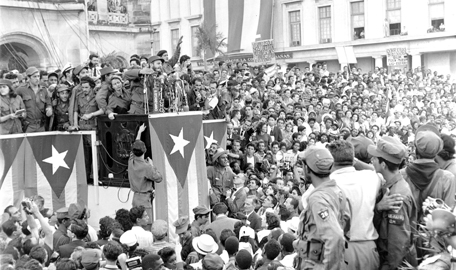
Cuban Internationalism
The Castro government has not only led a complete transformation of Cuban society but has provided a bulwark against oppression in the global arena. This was made evident by Cuba’s role in ending apartheid in South Africa by fighting for Angolan liberation. Angola’s MPLA government were facing down an insurgency campaign provoked by US funding and arming of UNITA and the FNLA. This threat was coupled by a South African invasion. The South Africans had believed conquering Angola would safeguard the future of its apartheid system. The conflict was long lasting, taking 13 years and 60,000 Cuban troops to bring victory. Cuban persistence would pay off though as the battle of Cuito Cuanavale would prove to be a decisive blow in ending Apartheid. Following the battle South African forces withdrew and gave up control of South West Africa, modern day Namibia. Nelson Mandela recognized this victory as the turning point of African liberation. In his 1991 visit to Havana he declared African indebtedness for the altruism of Cuba in relation to Africa. Detractors of Cuba’s victory have been critical and called this a Soviet proxy war, but beyond the use of Soviet equipment and air cover such a claim looks unfounded, particularly given that Fidel ordered Cuban forces advancement into South Africa’s western stronghold without any consultation with the Soviets. There has been too often a rush to dismiss Cuba’s intervention in terms of being a cold war geopolitical strategy. Perhaps more important though was Cuba’s domestic history. Issues like segregation and the aforementioned ‘race war’ meant that the Miami-ilk who lost power to Castro were often compared with the Afrikaners. Cuba’s own domestic race issues had given its leadership an understanding of the abhorrence of the South African regime. Likewise, its struggle against imperialism and domination by a powerful neighbour meant the Cubans had an acute understanding of the plight of the African people. Fidel himself justified the intervention in terms of Cuba’s colonial and race legacy. African slaves had fought in Marti’s liberation army, now it was Cuba’s moral duty to fight for the liberation of Africans .
Cuban internationalism has not been limited to militarism. Just as it has looked to further its social revolution with regards to racism abroad, it has likewise spread its doctors and teachers among the developing world. Not only do they go to the poorest countries but to the poorest most remote parts of those countries. This is part of a human security foreign policy. Human security being ‘fundamentally about securing individuals before nation-states; real needs before imagined desires; and immediate threats before illusory dangers’. When violence displaced 75% of the population of East Timor it was left with only 79 doctors for a population of one million. Cuban desire for human security saw 182 much needed Cuban Physicians and technicians arrive in East Timor, this was coupled with 800 medical scholarships to secure East Timor’s longer term health prospects. Cuba is also host to 24,000 medical students from the developing world, thus limiting future dependency on Cuban assistance. Further successes of the human security policy include the reduction of infant mortality in Kiribati by 80%, this was achieved in only one year. A final example is the treatment of 20,000 Russian, Ukrainian and Belarusian children effected by the Chernobyl disaster.
Perhaps the most renowned human security measure has been Operation Miracle. This has been successful in restoring the sight of 1.6 million people. The head of the programme Dr Marcelino Rio reveals the operation as the brainchild of Fidel. This was in response to findings of joint Cuban-Venezuelan literary programmes where the teachers discovered many unable to read due to bad eyesight. As with the intervention in Angola even this programme of curing the blind has been criticised as Cuba seeking to win political favour. Given the long history of Cuban internationalism such claims do seem illegitimate though. However, even if this were a move to gain favour it would be unlikely that the 1.6 million people with restored sight would mind such favourable soft diplomacy. It must certainly come as a pleasant break from the hard diplomacy of war advanced by imperialism.
Cuban medical internationalism is now finding praise from even the most unlikely of sources. Following the 2009 summit of the Americas, United States president Barack Obama gave rare recognition to Cuba’s missionaries for providing medical assistance on which the continent desperately depended. Even with Cuba and Castro being deemed eternal enemies of the United States this shows that these views are becoming untenable as an understanding of Cuba’s role in the world is increased. This may signal the start of history absolving Fidel in those traditional circles of opposition.
These relations with the United States are of course central to any discussion of Cuban internationalism and foreign policy. Since the victory of the revolution the United States has been an opponent. It was after all the United States along with the Cuban elites who were the big losers of the revolution. The victory over Batista had also been a defeat for the United States. As has already been noted, the revolutionaries defeated a US armed military who had been trained in US methods of warfare. It is this fact and what has followed which has played the part of making Cuba a model society and symbol of struggle among the developing world. Ever since its victory the revolution has stood in defiance of its former colonial master and followed its own path to the future. This has resulted in US organized invasion, terrorism, subversion, blockade and over 600 assassination attempts on Fidel. In one of these conspiracies the CIA met with representatives of the terrorist group AM/LASH in Paris. The CIA agents supplied the group with a ball point pen fitted with a hypodermic needle to kill Fidel. Ultimately the plan failed, but in a twist of irony US president John F Kennedy was assassinated later that day. Such events undoubtedly add to the allure which surrounds Fidel's sustainability and longevity.
The tripartite relation of Cuba, the United States and terrorism is one which will further enhance the reputation of Fidel. Terrorist activities have not been limited to attacks on Fidel and other state officials but have involved a campaign against the Cuban people. The most high profile event being the bombing of Cubana flight 455. This happened in 1976 and was carried out by Luis Posada Carriles, who if not working for the US at the time was a past conspirator with the CIA. Carriles and accomplice Orlando Bosch have been protected by the United States who refuse to extradite them to face trial. In the post 9/11 world the contradictions of US terrorist policy is acutely visible. Blowing up US civil planes led to war against Afghanistan, but the bombers of a Cuban civilian plane live freely in the United States. Former President George W Bush’s words that ``If you harbor a terrorist, you're just as guilty as the terrorists”, clearly reveals the righteousness of Cuba’s thirst for justice and dismay at what is at best inconsistent US policy. Another example of this contradiction came in light of a 1998 terrorist attack on a hotel which killed an Italian tourist. Cuban officials gave details of the attackers to the FBI. Instead of arresting the terrorists the US proceeded to arrest the Cuban antiterrorist agents, the Miami 5. Cuban cooperation was also shunned in the aftermath of the September 11th attacks on the US. Cuba offered to sign cooperative anti terror measures. The United States refused.
US policy to Cuba has consistently been to end the victory of the revolution. This started with the invasion of Playa Giron in 1961 by exiled Cuban elites armed and funded by the United States. This was the United States sole attempt at using force to bring regime change. It also marked the United States first ever military defeat in the Americas. Striking such a majestic blow against US domination while angering the powers in Washington for decades has become an inspiration for the developing world’s struggle for sovereignty. It makes Cuba a symbol around which the oppressed can rally. For 50 years it has prevented the US from colonizing it, colonization being the explicit desire of the United States government as revealed by plan Bush. This document revealed the US intention was to force regime change, give state property to the descendants of the Batista regime, dismantle Cuba’s free health care system and put a US marshal in charge of law.
Even with this overt aggression Cuban attitudes to the US people highlights further the altruism of which Nelson Mandela spoke. In the aftermath of Hurricane Katrina when the mainly poor and black population of New Orleans were in need of aid which their own government was failing to provide, Cuba offered to send over 1000 doctors to tend to the people in the aftermath of this disaster. Like the antiterrorist cooperation proposal, The US refused, reflecting on this Fidel commented that it hurt to think that lives could have been saved but weren’t allowed to be . Assistance to allies like Venezuela and Nicaragua are well covered and draw criticism, but it is the willingness of Cuban’s to deliver aid even to the citizens of those who try to destroy their revolution which must ultimately draw admiration.
In the wider context of the Americas, the process of history absolving Fidel is well underway. The ’pinktide’ which engulfs the continent is one directly influenced by Fidel.
While the pinktide is not a Marxist-Leninist movement it is one of social progression marked by opposition to US domination of its ‘backyard’ and neoliberal economics. This has been the most common message of Fidel and one which has now been picked up by the majority of people in the Americas. Over three quarters of South America’s people live under ‘leftist’ governments. The influence of Fidel on these governments shows a connection of shared ideas with the extended masses of the continent.
Cuba, through Fidel, has forged close ties with Presidents such as Venezuela’s Hugo Chavez Frias and Bolivia’s Evo Morales. Many understand Fidel to be like a ‘father figure’ for Chavez. Whether this is true or not he is an influence on Chavez and Chavez is the central figure of Latin American integration. He was behind the creation of ALBA, the alliance of Latin nations. Integration encapsulates the ideals of both Jose Marti and the Venezuelan national hero; Simon Bolivar. The ideals of sovereignty and independence across the Americas are the ideals which sustain the legacy of both men and likewise shall sustain the legacy of Fidel.
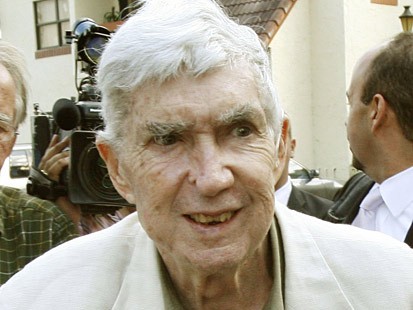
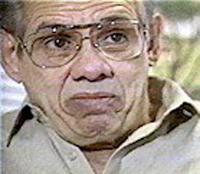
Final Considerations
The areas of discussion highlight the positive impact Fidel Castro has had on the world. Firstly, he transformed Cuba into a new society moulded out of mass mobilization, Marxist-Leninism and the teachings of Jose Marti. This was a social revolution which improved Cuban living standards by any indicators, be they education, health or racial equality. In analyzing Fidel’s role in history one must always consider the regime which he overthrew, a military dictatorship reliant on torture, murder and US funding. The success of the Cuban revolution is all the more remarkable when considering the strength of its self appointed enemies. The enemies of the revolution make many criticisms against Fidel and due to the finite nature of this piece it is regrettable that only some of those could be challenged here. It is in relation to these critics that some of Fidel’s greatest characteristics have been revealed, such as the ability to extend an olive branch to those who plot against him and the revolution. Furthermore Cuban internationalism has made anti Castroism rather untenable. The stories of media or political elites can damage a reputation and have damaged many. This has been attempted against Fidel, but when a black South African gains his freedom by Cuban military intervention, or a Ukrainian child is treated for cancer free in a Cuban hospital, or a mother in Kiribati has her child delivered by Cuban medics or a blind Jamaican is able to see again due to Operation Miracle, no matter what the media or elites say to encourage otherwise, in their hearts and minds Fidel is already absolved.
